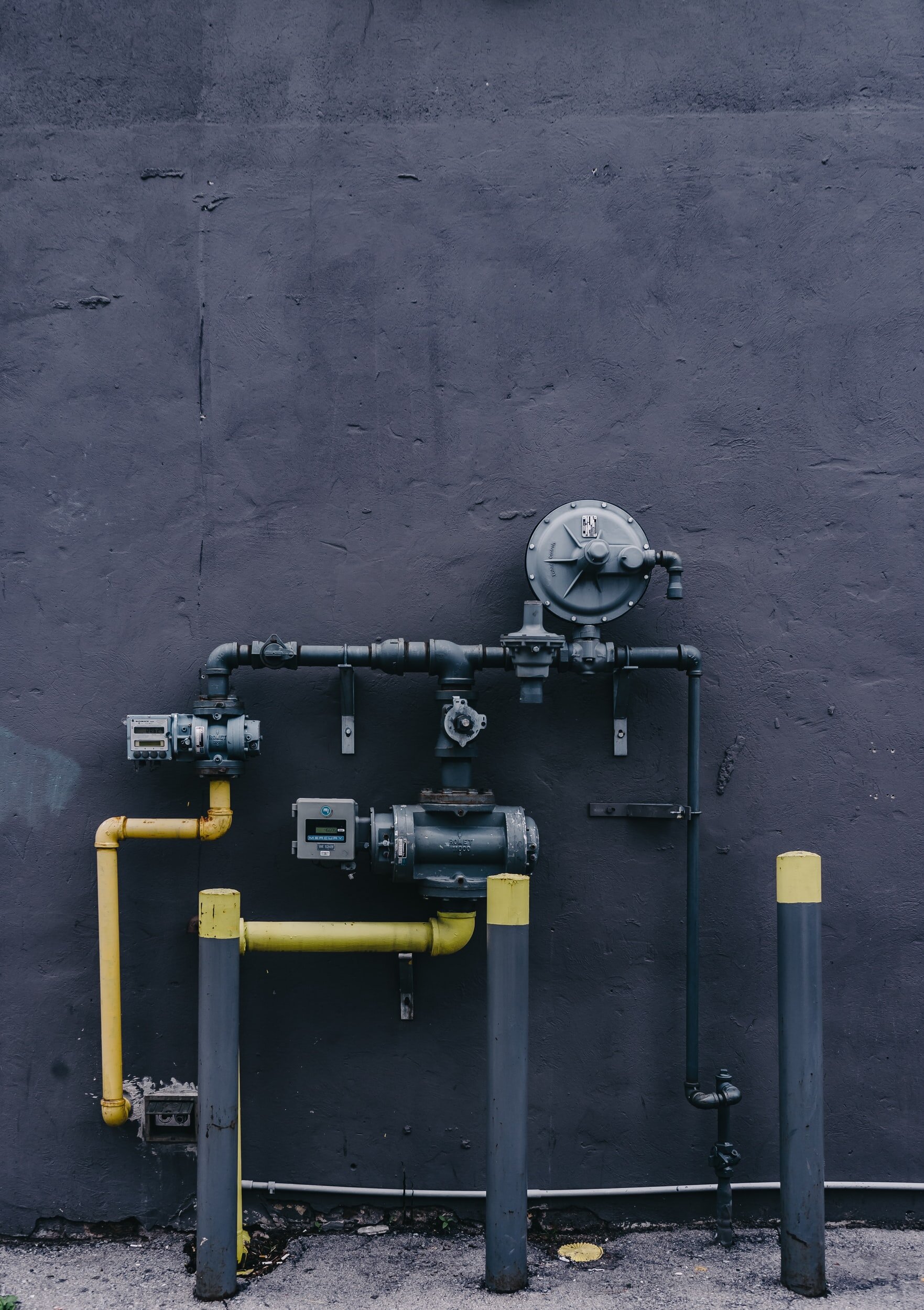Slip-lining repair is a versatile process, one built on a reliable game plan. With proper planning, a contractor can apply cured-in-place pipe repair to any commercial plumbing situation. Due to this approach, CIPP is done with care and finesse – a much-needed evolution in the piping industry.
Without CIPP, contractors would continue to struggle with difficult leaks and clogs. Worn-down sections are common for commercial buildings, as are roots and rodents blocking water flow. With slip-lining, contractors can replace damaged pipes, clear clogs made by nature or debris, and stop leaks from getting worse.
What is Slip-Lining Repair?
In short, slip-lining is a process that fastens pipe sections together. The liner itself is made of durable fabric, which is then bonded to the pipe interior. CIPP contractors use a special resin to accomplish a strong, joint-less pipe section. This cement mixture is exclusive to cured-in-place contractors. Our past clients have benefited greatly from knowing that there is no risk of things breaking down anytime soon.
To apply both liner and resin, contractors only need a small entry point. This resin bonding procedure typically takes less than 24 hours to harden. In the end, CIPP cements waterworks for businesses, educational facilities, and other commercial properties. CIPP is adaptable, which makes it easier for contractors to dodge any outliers that might cause delays.
Slip-lining repair allows contractors to be more efficient, resulting in a job that’s worth every penny. At Industrial CIPP, we work hard to earn your trust. In many ways, CIPP is designed to accommodate your needs, no matter how your commercial pipes are laid out.
Slip-Lining for Replacement Pipes
Replacing a pipe, especially when attached to a larger system, tends to be complicated. However, the process can be a smooth one when cured-in-place pipe repair is the method.
Slip-lining for replacement pipes requires an even swap. First, the contractor draws a replacement pipe into position while “bursting” the target. Next, the contractor removes what’s left of the old pipe. With a clean workspace, a slip-liner is bonded to the pipe interior, using resin to “concrete” all the pieces together. In the past, an attempt at pipe replacement often knocked surrounding pipes loose, creating unintentional problems. CIPP avoids any unwanted expenses and commercial delays.
Industrial CIPP’s Slip-Lining Innovations
Our slip-lining innovations make CIPP a convenient solution for commercial pipe repair. Due to the directness of the work itself, our contractors call CIPP a “no-dig” service. Often, entire jobs are completed without the need for excess digging. Unlike traditional methods, curing pipes into place is much faster as well.
Our contractors can expose liners to heat or ultraviolet light, which helps cure (or harden) the liner. After all, liners are placed onto specific areas for a reason, so you want to ensure proper bonding. We offer quality services built on speedy solutions.
Whenever clogs and leaks force you to seek repairs, choose a pipe repair provider that deals in both quality and speed. Industrial CIPP can inspect your piping system, then provide an estimate that fits within your budget. Contact us now for more information.
